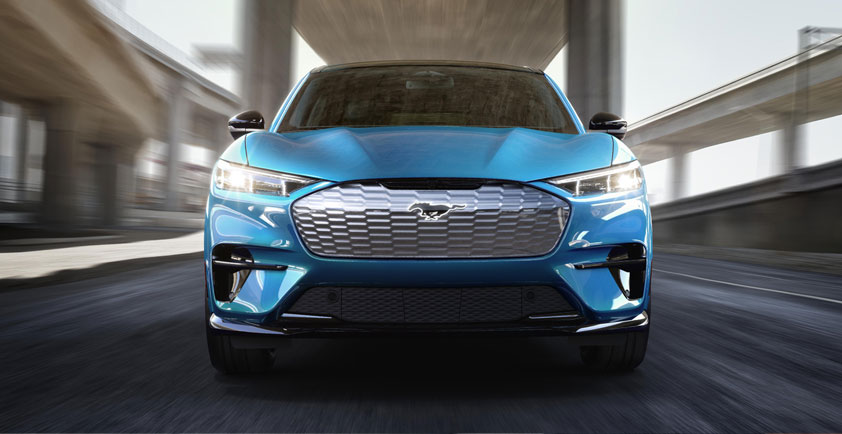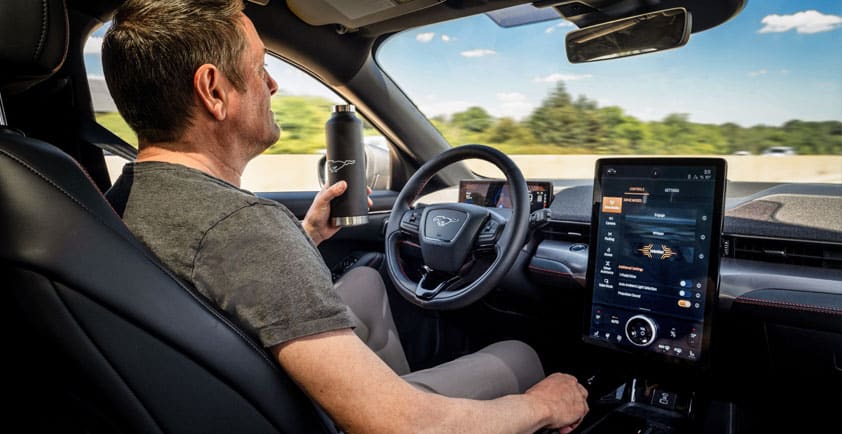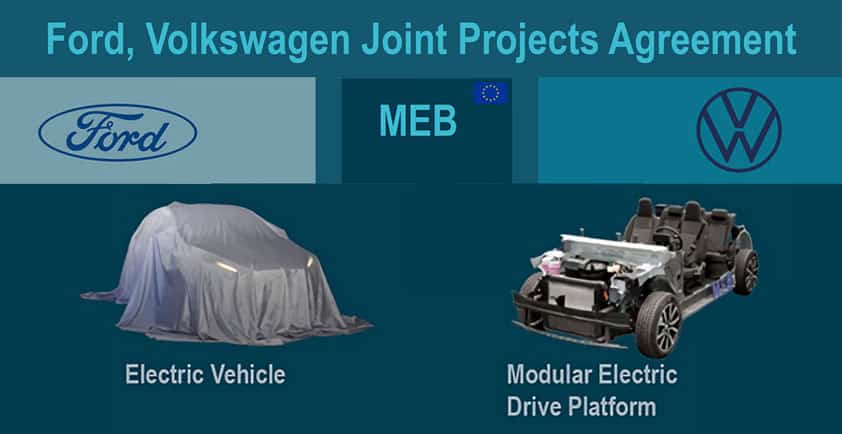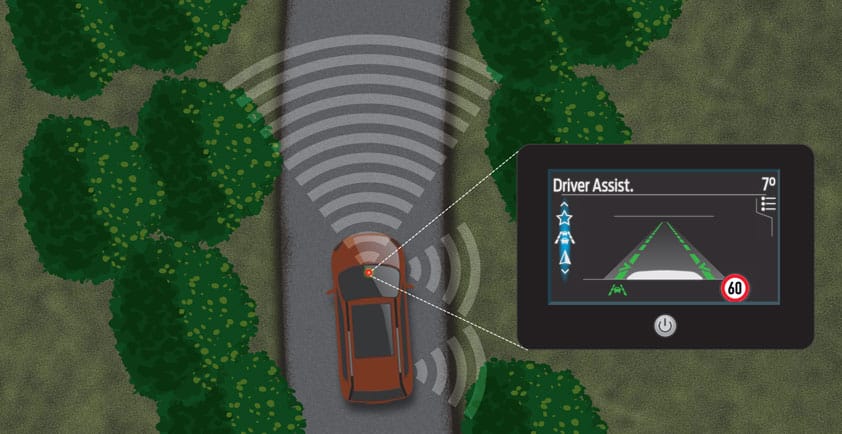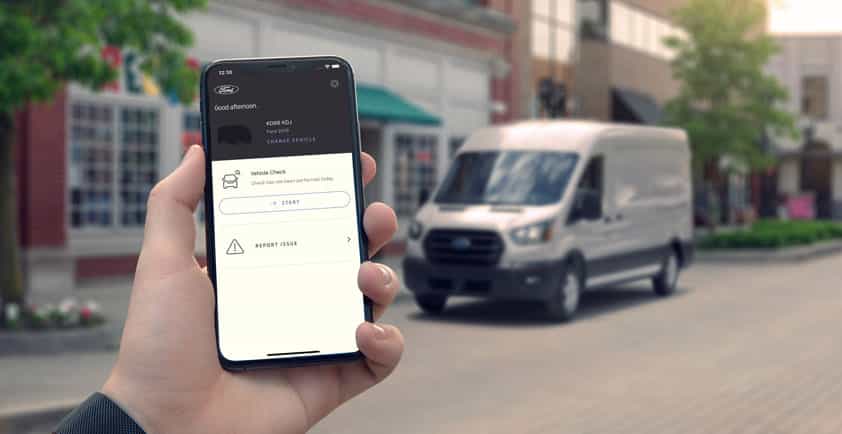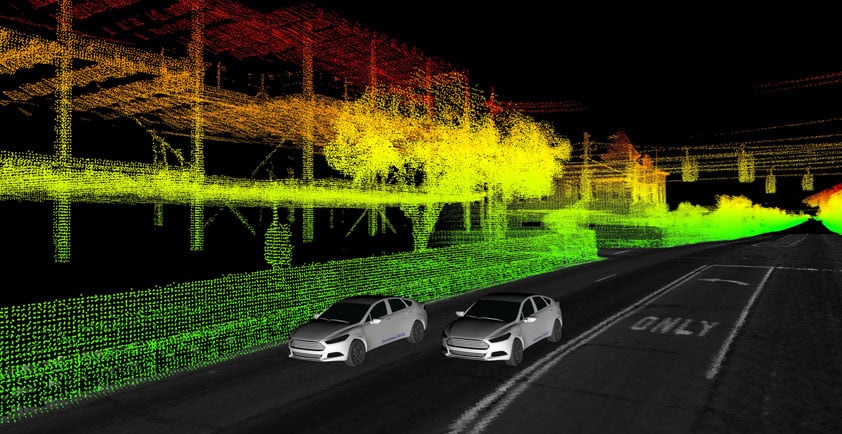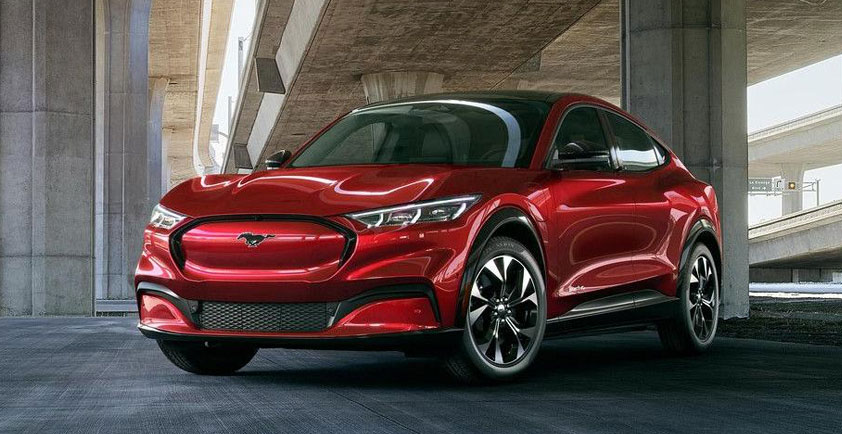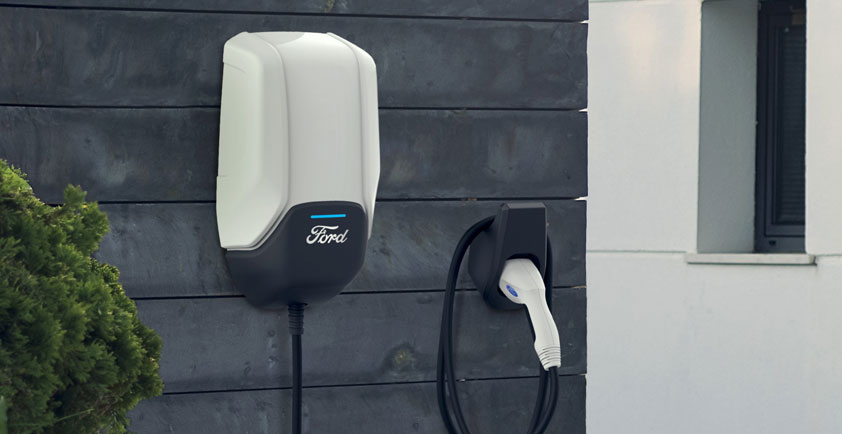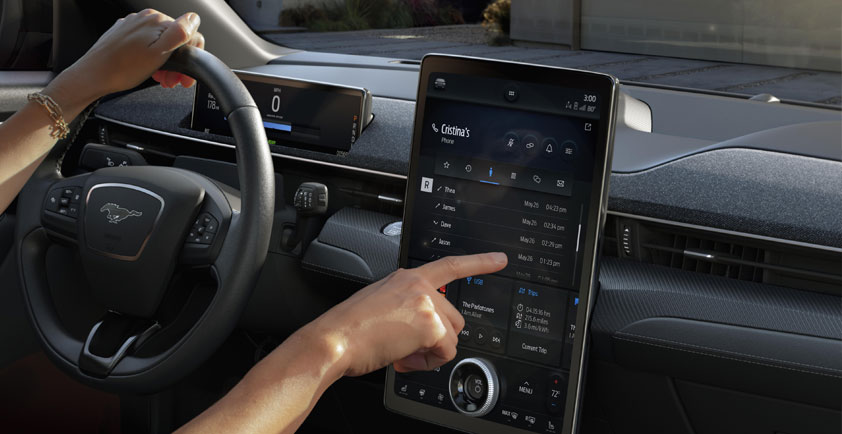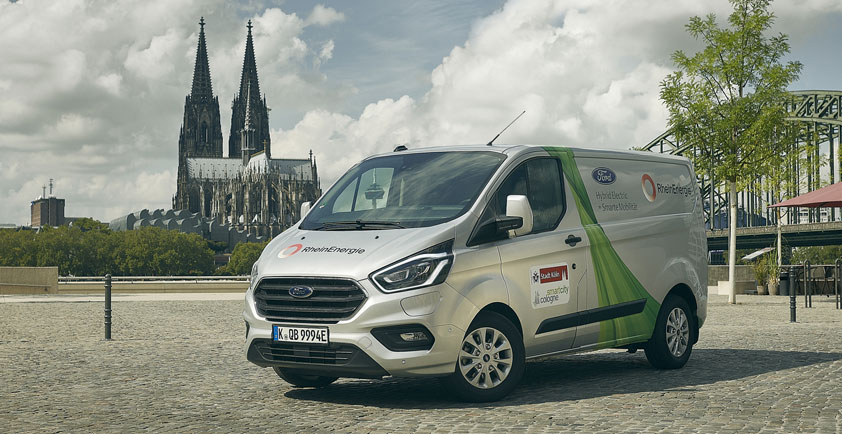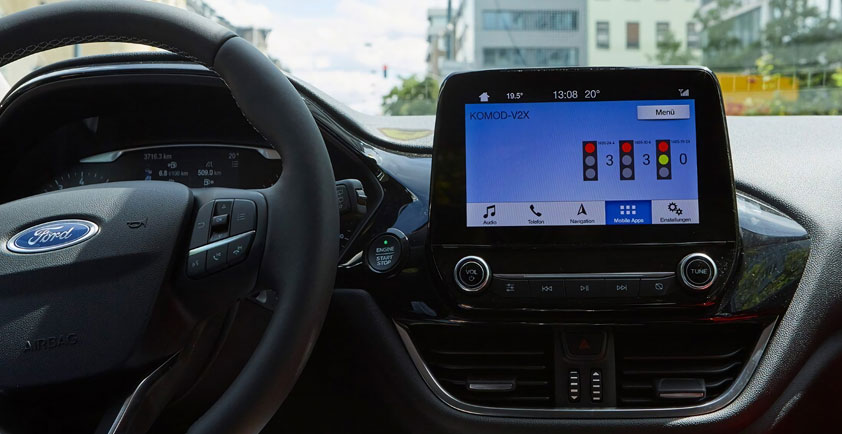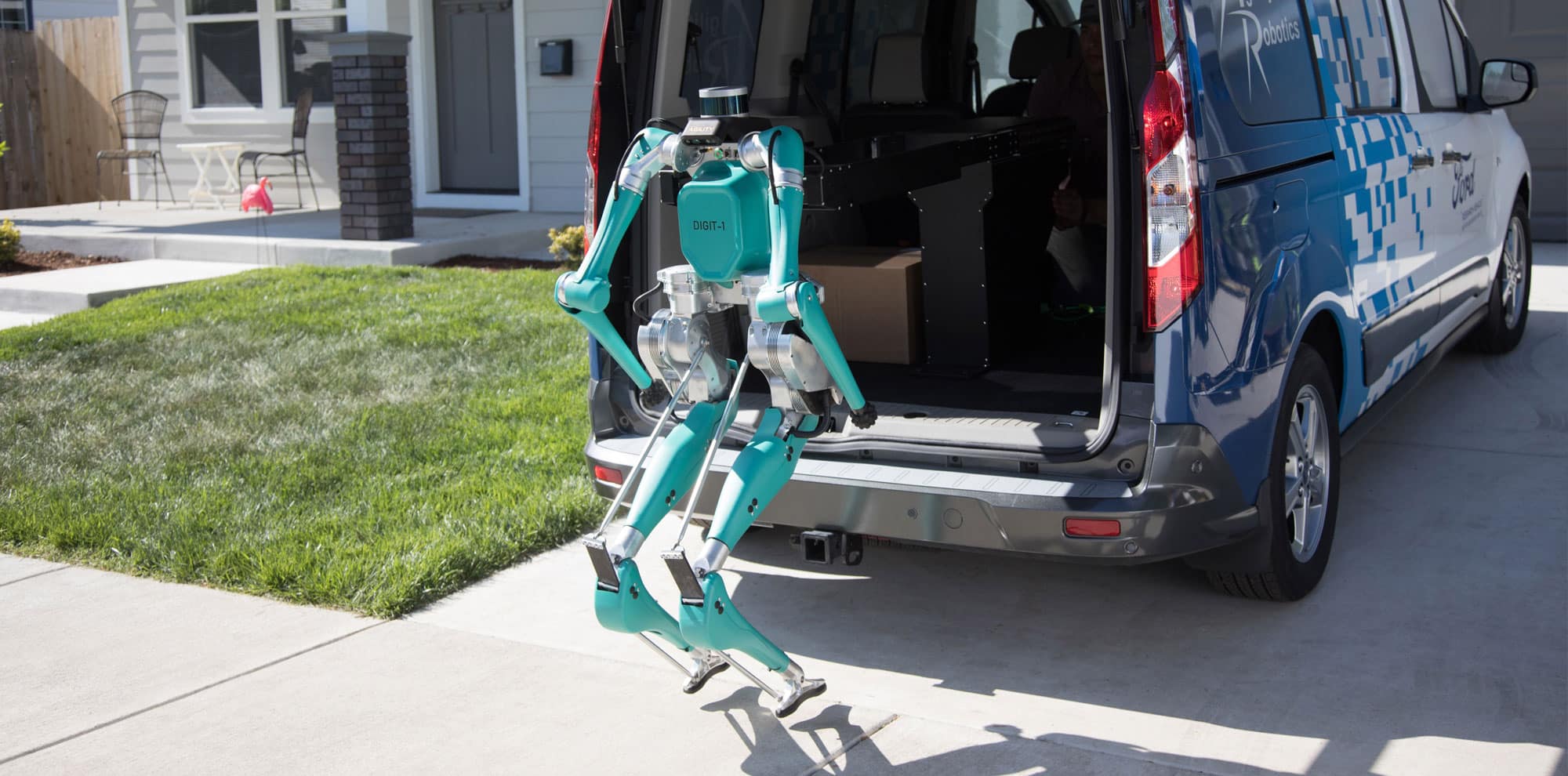
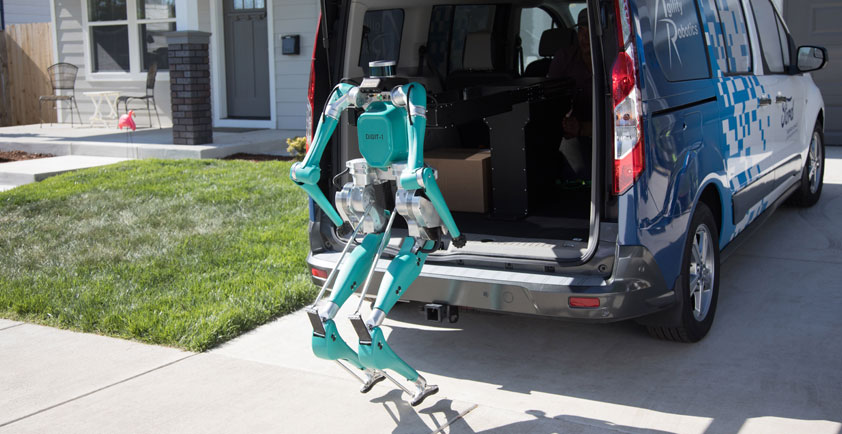
MEET DIGIT: A SMART LITTLE ROBOT THAT COULD CHANGE THE WAY SELF-DRIVING CARS MAKE DELIVERIES
By Dr. Ken Washington, Vice President, Ford Research and Advanced Engineering, and Chief Technology Officer
Here’s an understatement: People like online shopping.
It’s easy to see why. One-click shopping and perks like two-day delivery are extremely convenient, but they are taking a toll on our cities and neighborhoods. The U.S. Postal Service alone delivered more than 6 billion packages in 2018, or double the volume it was handling about 10 years ago.
To help address this issue, Ford is teaming up with Agility Robotics to explore a brand-new frontier in the world of autonomy — and a new way of thinking about how we make deliveries. Together, we will work toward making sure self-driving vehicles are uniquely outfitted to accomplish something that’s proven surprisingly difficult to do: Carry out that final step of getting your delivery from the car to your door.
Since self-driving vehicles can potentially move people and goods simultaneously, they hold great potential to make deliveries even more convenient and efficient. A ride-hailing trip could double as a delivery service, dropping off packages in between transporting passengers. And as we’ve learned in our pilot programs, it’s not always convenient for people to leave their homes to retrieve deliveries or for businesses to run their own delivery services. If we can free people up to focus less on the logistics of making deliveries, they can turn their time and effort to things that really need their attention.
Enter Digit, a two-legged robot designed and built by Agility Robotics to not only approximate the look of a human, but to walk like one, too. Built out of lightweight material and capable of lifting packages that weigh up to 40 pounds, Digit can go up and down stairs, walk naturally through uneven terrain, and even react to things like being bumped without losing its balance and falling over.
As humans, we take these abilities for granted, but they become extremely important when engineering a robot to navigate the nuances of various environments. Gaining access to a customer’s door often requires walking through obstacles, including going up stairs and dealing with other challenges, which can be hard for robots with wheels to do since only about 1 percent of homes in the United States are wheelchair-accessible, according to the Department of Housing and Urban Development. Digit has been designed to walk upright without wasting energy, so it has no issue traversing the same types of environments most people do every day.
Digit’s unique design also allows it to tightly fold itself up for easy storage in the back of a self-driving vehicle until it’s called into action. Once a self-driving car arrives at its destination, Digit can be deployed to grab a package from the vehicle and carry out the final step in the delivery process.
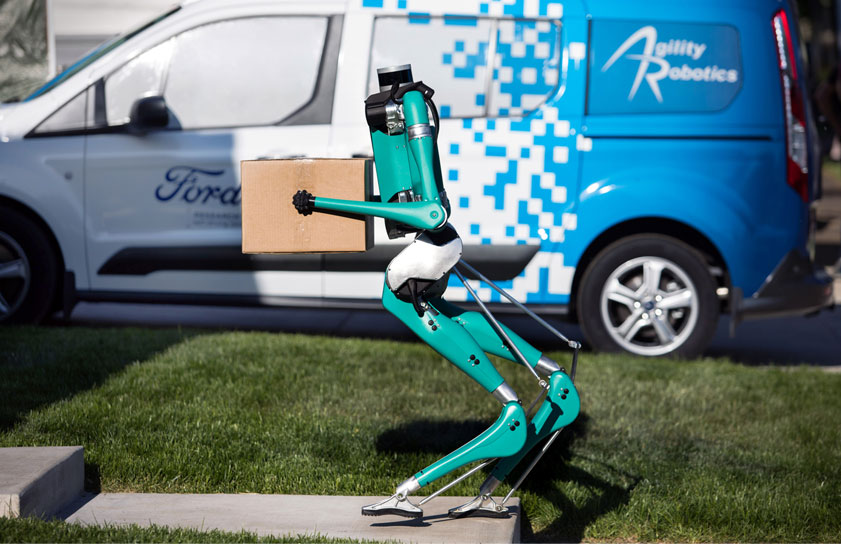
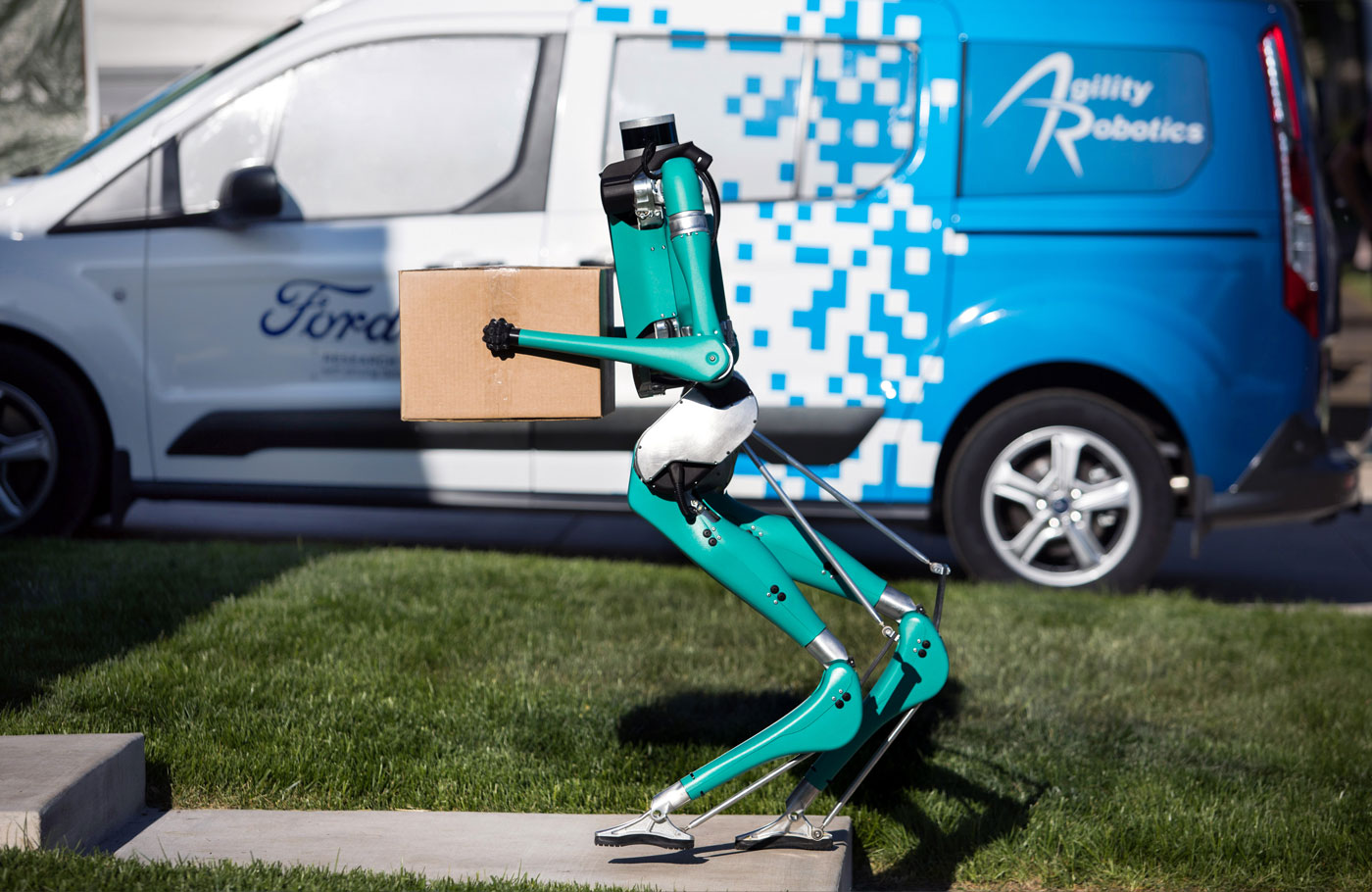
But Digit isn’t just capable of traversing obstacles — it has a hidden advantage. While Digit needs to function on its own, the desire to keep it lightweight and capable of dynamic movement led to an innovative idea: Letting it tap the resources of another robot — one that’s equipped with advanced sensors and heavy computing hardware — for additional support and analytical skills when needed.
A self-driving vehicle is capable of creating a detailed map of the surrounding environment, so why not share that data with Digit instead of having it recreate the same type of information? After all, both Digit and the self-driving car need to know where they are in the world, where they need to go and how to get there. When a self-driving vehicle brings Digit to its final destination, the vehicle can wirelessly deliver all the information it needs, including the best pathway to the front door. Through this data exchange, Digit can work collaboratively with a vehicle to situate itself and begin making its delivery.
Outfitted with a LiDAR and a few stereo cameras, Digit itself has just enough sensory power to navigate through basic scenarios. If it encounters an unexpected obstacle, it can send an image back to the vehicle and have the vehicle configure a solution. The car could even send that information into the cloud and request help from other systems to enable Digit to navigate, providing multiple levels of assistance that help keep the robot light and nimble. Digit’s light weight also helps ensure it has a long run time, which is essential for a self-driving delivery business that will be operating most of the day.
Whether we are working side-by-side with robots in our numerous factories around the world or living with them as they help push packages to our door, our primary goal is to ensure they are safe, reliable and capable of working alongside people in intelligent ways. Through our collaboration with Agility, we are striving to determine the best way for our self-driving vehicles to cooperate with Digit and understand how this new delivery method can be taken advantage of in the future.
